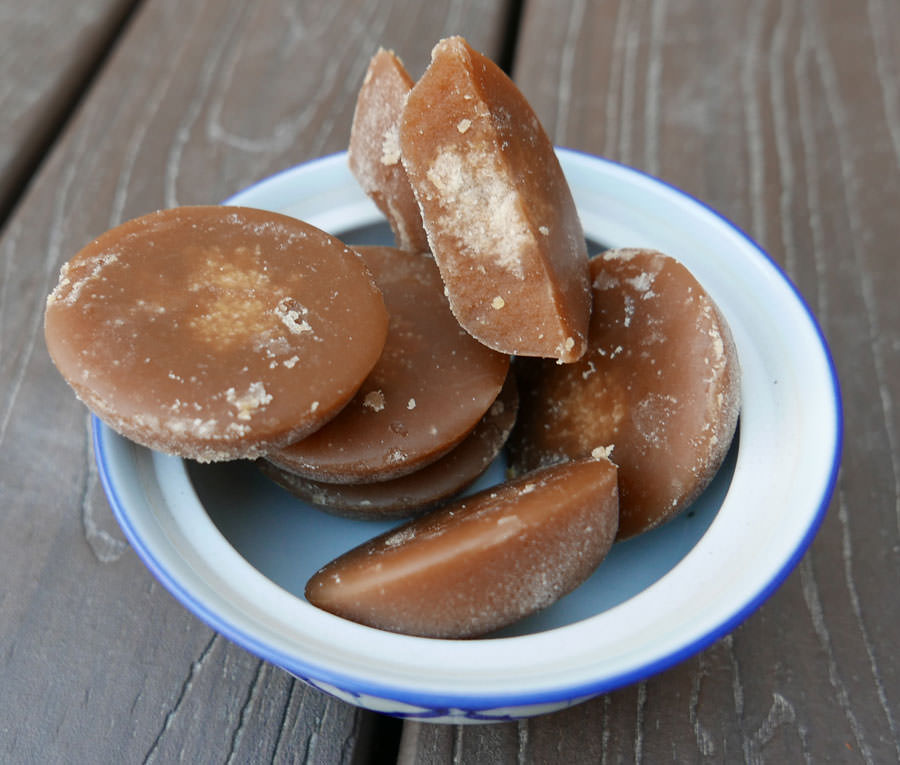Cane Sugar Processing Explained: What Occurs Inside a Sugar Mill
A Thorough Guide to the Environmental Influence and Sustainability Practices in Cane Sugar Handling
The environmental influence of walking stick sugar processing offers a complex selection of difficulties that warrant careful exam. From soil destruction and extreme water use to the carbon footprint associated with cultivation and production, the consequences of conventional methods are significant. In comparison, the fostering of ingenious sustainability actions offers a pathway toward a lot more liable production methods. Understanding the interaction in between these concerns is essential for stakeholders in the market. What certain techniques can be executed to strike a balance in between performance and ecological stewardship? The answers depend on a closer take a look at both the obstacles and possible remedies.
Introduction of Cane Sugar Handling
Walking stick sugar handling includes a series of methodical steps that transform sugarcane right into polished sugar. At first, harvested sugarcane is transported to refining centers, where it goes through cleansing to eliminate dirt and debris. Following this, the walking stick is squashed to extract juice, which is after that made clear by eliminating contaminations through home heating and the addition of lime.
The clarified juice goes through dissipation, where water is eliminated to concentrate the sugar content. These crystals are divided from the remaining syrup utilizing centrifugation, resulting in raw sugar.
The end product is then dried out and packaged for distribution. Throughout this whole process, keeping effectiveness and quality assurance is important to guarantee the sugar fulfills sector criteria. Each action in walking cane sugar processing not just contributes to the last product yet also has effects for source usage and waste generation, establishing the stage for conversations on sustainability and ecological impacts connected with sugar production.
Environmental Obstacles of Production
The manufacturing of cane sugar provides a number of significant environmental challenges that warrant attention. One primary worry is the considerable use of agrochemicals, including fertilizers and chemicals, which can lead to soil degradation, biodiversity loss, and contamination of local water resources. The runoff from sugarcane areas frequently carries these chemicals into nearby communities, interrupting water life and impacting the health and wellness of neighborhoods reliant on these water bodies.
One more difficulty is the high energy usage connected with sugarcane processing. The boiling and refining stages require considerable warm, mainly produced by melting nonrenewable fuel sources, adding to greenhouse gas emissions. In addition, the expansive acreage needed for sugarcane growing can cause deforestation and habitat destruction, more exacerbating climate modification and threatening wildlife.
Moreover, the labor techniques in some areas elevate ethical issues, as workers may face bad working problems and insufficient salaries. This circumstance typically continues a cycle of poverty in neighborhood areas. Cane Sugar Processing. Attending to these ecological challenges is vital for establishing much more lasting practices in walking stick sugar production, eventually benefiting both the environment and the neighborhoods entailed in this sector
Water and Land Use Effect
Water sources and land utilization are essential components in the walking stick sugar sector that significantly affect the setting. The farming of sugarcane requires considerable water input, with quotes recommending that it can eat up to 2,000 liters of water per kg of sugar generated. This extensive usage of water frequently causes deficiency of neighborhood water resources, affecting not only the sugarcane vineyards however additionally bordering ecosystems and communities that depend on the very same water resources for farming and residential use.

Moreover, land use for sugarcane farming can lead to logging and the conversion of natural environments into monoculture vineyards. This practice reduces biodiversity, disrupts regional ecosystems, and adds to dirt degradation. The development of sugarcane fields typically encroaches on useful about his farming land, creating competitors for resources in between food and biofuel production.
Lasting practices, such as enhancing irrigation methods and implementing plant turning, are vital to reduce these influences. By embracing more effective water use and land monitoring strategies, the cane sugar market can minimize its eco-friendly impact, guaranteeing a balance between agricultural efficiency and ecological conservation.
Greenhouse Gas Emissions
Greenhouse gas discharges stand for a substantial ecological problem within the cane sugar processing industry, particularly as agricultural practices expand to meet global demand. The cultivation of sugarcane, a crop that flourishes in tropical climates, relies heavily on synthetic plant foods and chemicals, which add to laughing gas exhausts. In addition, land-use modifications, consisting of deforestation for new sugarcane vineyards, launch co2 kept in greenery and soil.
Throughout handling, energy consumption is an additional significant source of greenhouse gas emissions - Cane Sugar Processing. Many sugar mills make use of nonrenewable fuel sources to power machinery and create warm, leading to considerable carbon impacts. Moreover, the transportation of raw sugarcane and finished items adds layers of emissions via fuel combustion in automobiles
This involves assessing present farming practices, check this site out processing approaches, and transport systems to identify locations for renovation and mitigation. Attending to greenhouse gas emissions is necessary for fostering a much more lasting walking cane sugar market in a transforming climate.

Lasting Practices and Innovations
Sustainable practices and technologies are progressively important in the walking stick sugar handling market as stakeholders seek to reduce environmental effects while maintaining performance. One considerable development is the execution of integrated plant administration, which optimizes source use by incorporating soil monitoring, pest control, and plant turning methods. This approach improves yield while decreasing chemical inputs and preserving dirt health.
In addition, the adoption of renewable resource sources, such as biomass from sugarcane deposits, has actually acquired grip - Cane Sugar Processing. By converting waste products right into energy, refining centers can decrease their dependence on nonrenewable fuel sources, thus reducing greenhouse gas emissions
Water management methods have actually additionally seen improvements with the recycling and reusing of water in handling plants, significantly decreasing freshwater usage. Technologies in technology, such as precision agriculture, allow farmers to check plant health and resource usage much more successfully, ensuring sustainable cultivation practices.
Moreover, accreditation programs like Fair Profession and Rain forest Partnership urge eco responsible farming techniques and advertise social equity within the supply chain. By welcoming these lasting techniques and technologies, the walking cane sugar handling sector can boost its strength and add positively to environmental stewardship.
Conclusion
The ecological influence of walking cane sugar handling provides considerable challenges, including dirt destruction, high water usage, and greenhouse gas discharges, alongside moral problems connected to labor methods. Dealing with these problems through lasting methods, such as incorporated crop monitoring, eco-friendly energy adoption, and water recycling, is essential. By advertising socially equitable and eco accountable techniques in sugar production, the sector can reduce its unfavorable effects, making certain an extra sustainable future for both areas and environments involved in this sector.
Walking cane sugar processing entails a collection of systematic steps that change sugarcane right into refined sugar. Each action in cane sugar handling not just contributes to the final item but additionally has implications for source use and waste generation, establishing the stage for conversations on sustainability and environmental impacts connected with sugar production.
Greenhouse gas discharges represent a substantial environmental worry within the cane sugar handling market, specifically as agricultural techniques expand to fulfill go to website worldwide need.Sustainable techniques and developments are significantly crucial in the walking stick sugar handling market as stakeholders look for to decrease ecological impacts while preserving productivity.The ecological impact of walking cane sugar processing provides substantial challenges, including soil destruction, high water intake, and greenhouse gas emissions, together with honest problems related to labor practices.